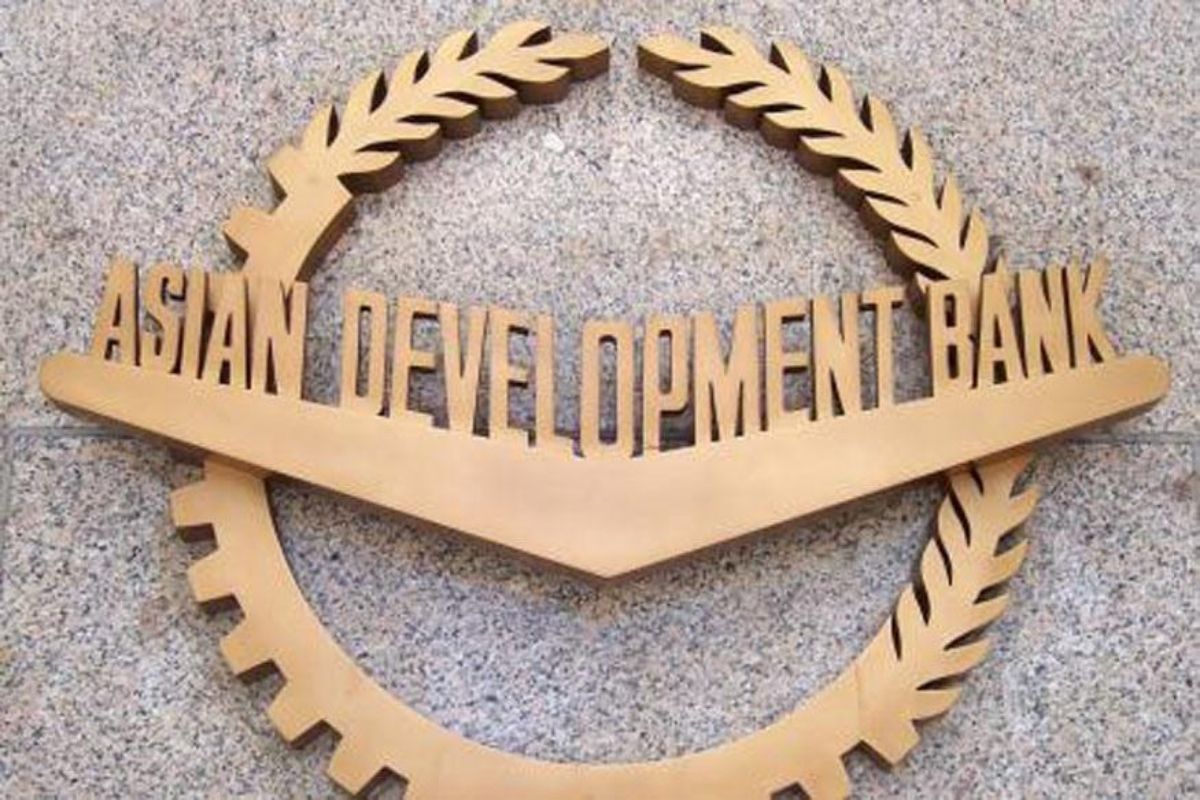Pakistan has requested the Asian Development Bank (ADB) for a USD 300 million loan for the water project, Dawn reported. The cash-strapped country had already secured a USD 3 billion bailout plan from the International Monetary Fund in July, and still, Pakistan is looking for a loan for the Kurram Tangi Integrated Water Resources Development project. This project aims to improve energy, water and food security in the country. According to the project’s document, released by the bank, the ADB is expected to approve the loan in 2024. The proposed project will directly contribute to the two strategic pillars of Pakistan’s National Poverty Reduction Strategy: “Increasing productivity and value addition in agriculture” and “Integrated Energy Development Programme”.
This water project plans to construct a 95-metre-high dam with a water storage capacity of 1,480 million cubic metres (m3) on the Kurram River and three small hydroelectric powerhouses to generate 65MW of hydropower, Dawn reported.
With this project, 27,400 hectares of new command area can be irrigated; and can improve irrigation water supply to the existing 155,444 hectares of command area.
The proposed interventions of the project will, therefore, significantly contribute to economic growth while improving agricultural productivity, energy and food security in the country.
The Kurram Tangi project will improve the irrigation infrastructure while constructing 500,000km long irrigation canals and water courses, which will directly contribute to improved agricultural productivity. It will improve the economic and social infrastructure while constructing and upgrading farm-to-market roads, schools, basic health units, and water supply, according to Dawn.
Earlier, Pakistan had secured a USD 3 billion bailout plan from the IMF on July 12 and then received the loan from UAE. Saudi Arabia made a USD 2 billion deposit into the State Bank of Pakistan (SBP) after the IMF agreement, and the UAE had already committed to making a USD 1 billion contribution. Additionally, China rolled over a USD 2.4 billion loan in July.
However, it seems that these bailouts will not be a great help for Pakistan to come out from the vicious cycle of debt. While the IMF agreement has prevented Pakistan from going into default, at least temporarily, it has also set off a vicious cycle that has happened a few dozen times before in the nation’s history, reported The Diplomat.





















